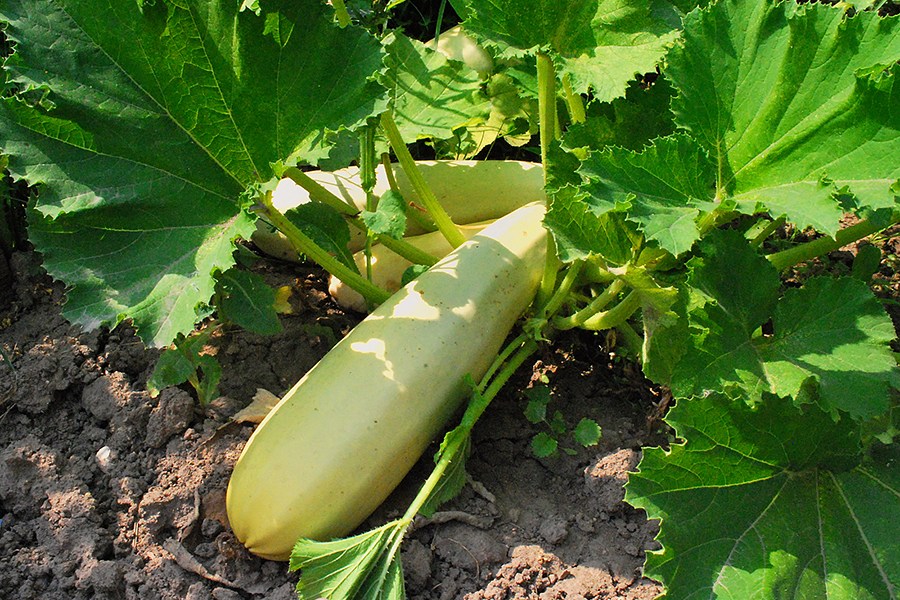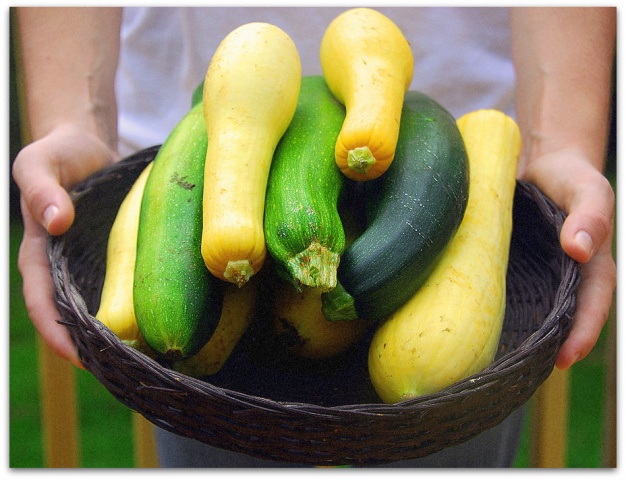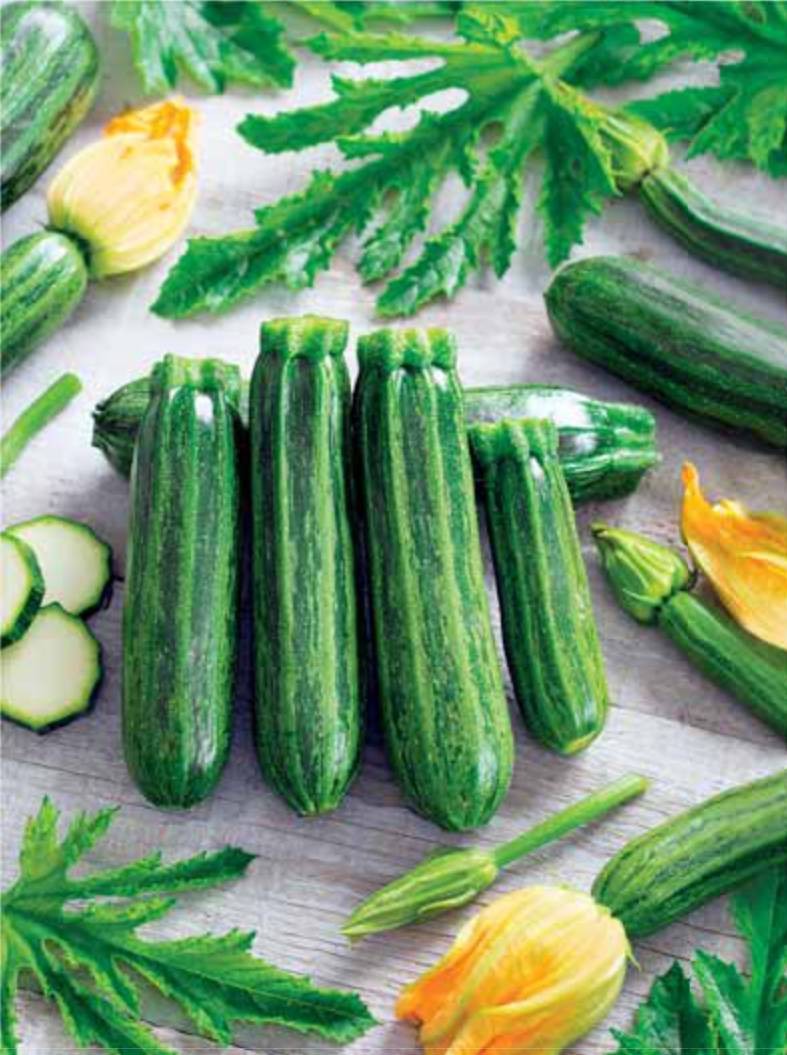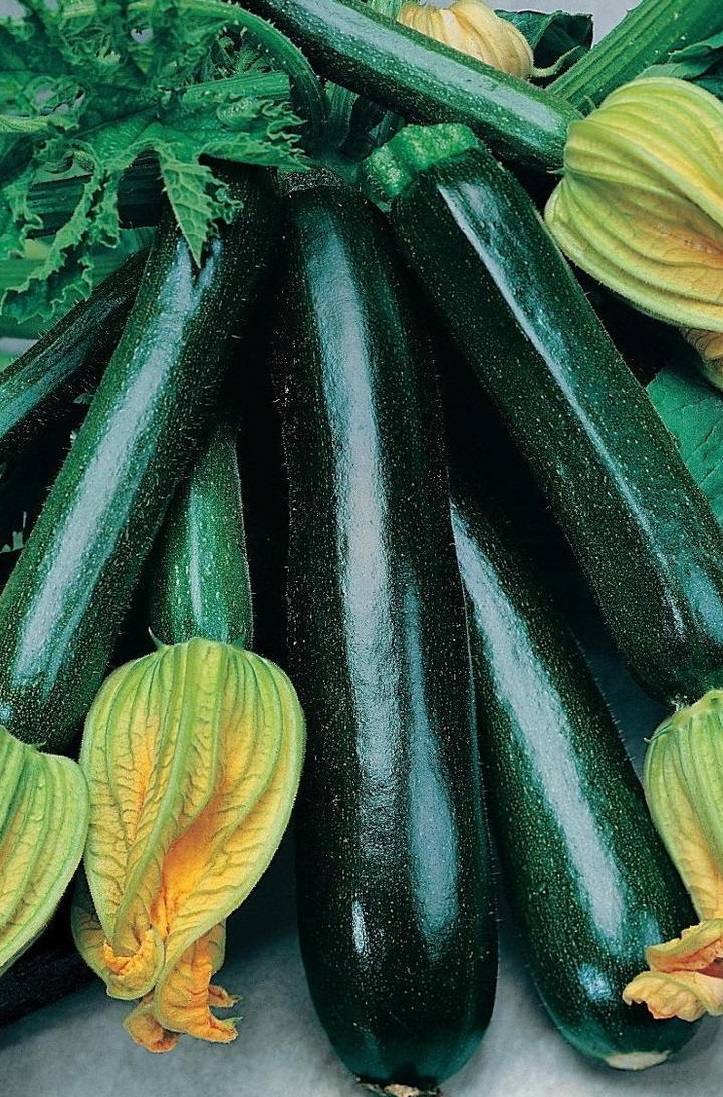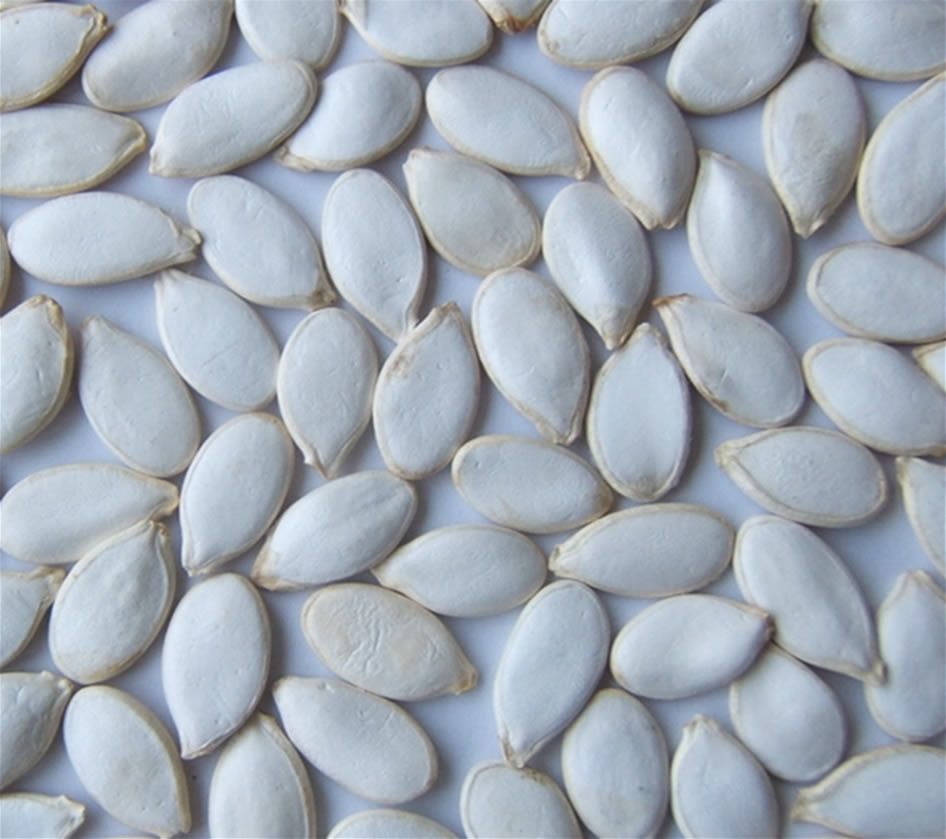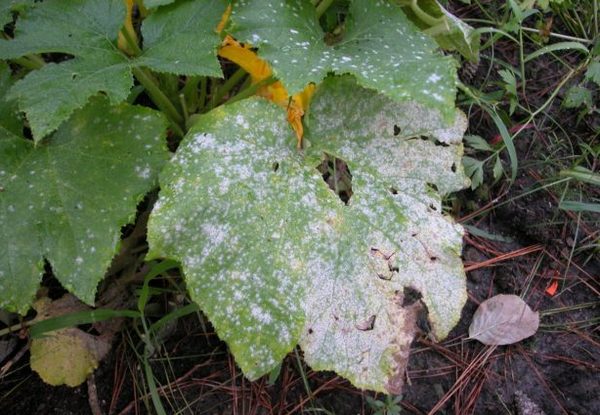Content:
What is zucchini? This is a type of squash from the pumpkin family. Zucchini was brought from America to Europe many centuries ago, and zucchini was taken by selectors from Italy.
Zucchini or zucchini how is it right? Many people write this word with two letters "k", and this does not count as a mistake. This spelling came from the word Zucca, and it translates as "pumpkin".
What is the difference between zucchini and zucchini
In appearance, zucchini and zucchini do not differ immediately, but they have key features. What is zucchini and what it looks like, as well as the better zucchini:
- First, they differ in color. Zucchini of light shades - white, yellow, light green, and zucchini of dark shades: green, black and even striped.
- Their second difference is the size of the vegetable. Zucchini grows quickly and reaches a decent size. Zucchini is a small vegetable, and more often it is picked when it reaches 15-20 cm in length.
- The next difference is, of course, taste. Cooked zucchini is softer and softer. It can also be eaten raw, added to salads and zucchini appetizers. Zucchini, on the other hand, is denser, better to boil or stew.
- The zucchini skin does not need to be peeled, because it is delicious and soft. It is better to cut the peel off the zucchini, especially if it is overripe.
- During the preparation of the zucchini, the core with the seeds is peeled, since they are large and fill the entire cavity of the vegetable. Zucchini has smaller seeds that are invisible in the pulp. To collect them for the future harvest, you need to keep the fruit in the garden until it ripens, then cut and select the finished seed.
But the difference is not only in the appearance of vegetables, but also in growing and storage. Zucchini ripens much faster than zucchini, it needs a lot of light and heat, under optimal temperature conditions it yields a good harvest. It is advisable to use zucchini immediately, but its relative can be stored until the next harvest.
The best varieties of culture
A huge number of varieties have been bred, all of them differ in color, shape, ripening period. Let's take a closer look at the most popular ones.
- Black handsome - a variety with long-term fruiting and high productivity. The fruit is dark green, almost black in color, has a glossy surface, the weight can reach up to 1 kg. The middle is light and dense, and the taste is delicate, which does not deteriorate even after canning.
- Nephritis Is a mid-season variety that was bred a little over 10 years ago. The fruits are green with a smooth surface and weigh up to 1.2 kg. The variety has a pale creamy flesh that is fibrous but delicious.
- Tintoretto- an early variety characterized by a round shape. The color is yellow with a speck, the weight of one representative reaches up to 2 kg. It is in demand among summer residents, as it has a high yield.
- Zebra - a high-yielding and very early variety. The vegetable is pale green with longitudinal dark green stripes. It is well stored and transported without losing its presentation. Its main feature is that it is hardy, actively grows and bears fruit even in cold climates.
- Golden scallop - perhaps the most non-standard and not very attractive in shape, but the most dietary variety of zucchini. It has an average ripening period. In appearance it resembles a yellow pear with a lumpy surface. The mass of the Golden scallop reaches up to 2 kg. It is consumed both fresh and canned for the winter.Under optimal conditions, it keeps well until the next harvest.
- BananaIs another unusual zucchini variety. It got this name because of its appearance. The fruits grow golden-orange up to 25 cm long. The variety has a dense, slightly yellow pulp, juicy in taste. It is also perfectly stored and transported.
- Tiger cub- early ripening variety. Its main difference from others is active development and growth. The color is striped. Zucchini of this variety is stored for a long time, while not losing its taste. They can be preserved, frozen, consumed with proper nutrition, because they contain a lot of potassium, fiber, phosphorus, calcium and vitamins of groups B and C. In 100 g of zucchini there are only 16 kcal, which is 40% less than in Brussels sprouts and broccoli.
Zucchini is a tasty and healthy vegetable that can be used to prepare a variety of dishes. They are pickled, stewed, fried, stuffed, caviar, compotes, candied fruits are prepared from them, and the zucchini casserole will become the queen of any table. But in order to enjoy an environmentally friendly product, you need to choose the right variety and grow it correctly on the site.
Landing features
The garden for zucchini should be well lit, and the soil is loose, sandy loam, with normal acidity. It is better to prepare the site in the fall, digging up the area and adding complementary foods in the form of rotted chicken droppings and superphosphate. You can also add wood ash to reduce soil acidity.
You should not plant this crop after pumpkin relatives in order to avoid their common diseases. The best predecessors are beans, beans, cabbage, tomatoes.
Consider a step-by-step method of planting in the ground. The first step before planting is to dig up the soil, then break the beds and level it with a rake. To kill harmful microorganisms, the soil is spilled with ammonium nitrate or a solution of potassium permanganate. Zucchini seeds are planted in mid-May in open ground. It is advisable to germinate the seeds before sowing, so they will take root more easily and give an early harvest.
The depth of the hole is not more than 6 cm, the distance between each one is at least 40 cm. They are spilled and a handful of a mixture of soil, humus, ash is added. Sprinkle the fertilizer with earth and spread 2-3 seeds per hole. After germination, weak shoots break through, so as not to slow down the growth of strong bushes.
You can also grow seedlings by planting seeds in cups of soil. Landing in open ground is carried out from late May to mid-July.
Since zucchini loves a lot of heat, it is better to plant them on compost heaps, in greenhouses. The main thing is to choose the right germination date so that it does not fall into short frosts in early June.
Care
Caring for the plant consists of regular watering, feeding and cutting off old leaves. Abundant watering is needed during flowering and ripening of fruits, while you should not pour water on the foliage and strings. This can cause sunburn and disease.
You need to fertilize the plant twice. For the first time, complementary foods are applied at germination, the next - in a month, using mineral or organic substances. But most of all, the plant loves a mullein solution in the composition (1:10) and nitroammofosk (20 g per 10 l of water). The resulting solutions are poured into 1.5 liters under each bush.
Given that the leaves grow quickly and there are a lot of them, they do not allow the soil to warm up from the sun's rays, worsen ventilation and prevent insects from pollinating the flowers. Because of this, yield decreases, so you need to remove the largest and oldest foliage, and the plant will start new ovaries in response.
You also need to periodically loosen the ground around the base of the bush. This can be done after the third watering, because the water, absorbed, forms a crust on the soil, which prevents oxygen from reaching the root system.
If you grow zucchini zucchini in greenhouses, then ventilation is necessary. The hot climate in the greenhouse will not replace the sun, but will only help the development of fungal diseases. In the event of the appearance of diseases and pests, the plant is sprinkled with wood ash or sprayed with non-toxic agents: Narcissus, Zircon, Amulet. To attract insects for more intensive pollination, the bushes are sprayed with a solution of honey.
Growing and harvesting
The plant begins to bear fruit 10-14 days after flowering. You can pick vegetables when they grow 15-20 cm long and 7-8 cm thick. During this period, their stalk is juicy, and the fruits are easily cut with a knife, and you need to collect vegetables together with the stalk, this will contribute to the development of a new crop. On fertile soils, each plant is capable of producing from 10 to 15 fruits per season.
You need to harvest regularly, while preventing the fruits from overgrowing. Untimely removal slows down the appearance of new ovaries. And young fruits are much more tender in taste than overripe ones. Ripe zucchini has a hard skin and a dull sound when tapped.
Ripe zucchini keep well in a cool, dry place. Under optimal conditions, they can lie for up to 6 months without losing their taste. The main thing is not to store in a room with high humidity, this will provoke the development of putrefactive bacteria. If there are no other options, then you need to remember: the fruit begins to rot from the tail, and to increase the shelf life, it can be covered with paraffin.
It is better to keep the fruits one by one in boxes with straw, avoiding their contact with each other, or in coniferous sawdust, which will protect the zucchini from moisture and prevent it from freezing.
Whichever variety of zucchini the gardener chooses, you need to carefully approach the choice of a place for planting and caring for future plants. No crop is protected from diseases and pests on the site without the help of a gardener. It will be a shame if the hopes for the given variety are not justified. Or even worse, it will not be possible to preserve the fruit before cooking. Therefore, this mini instruction will be of help.


